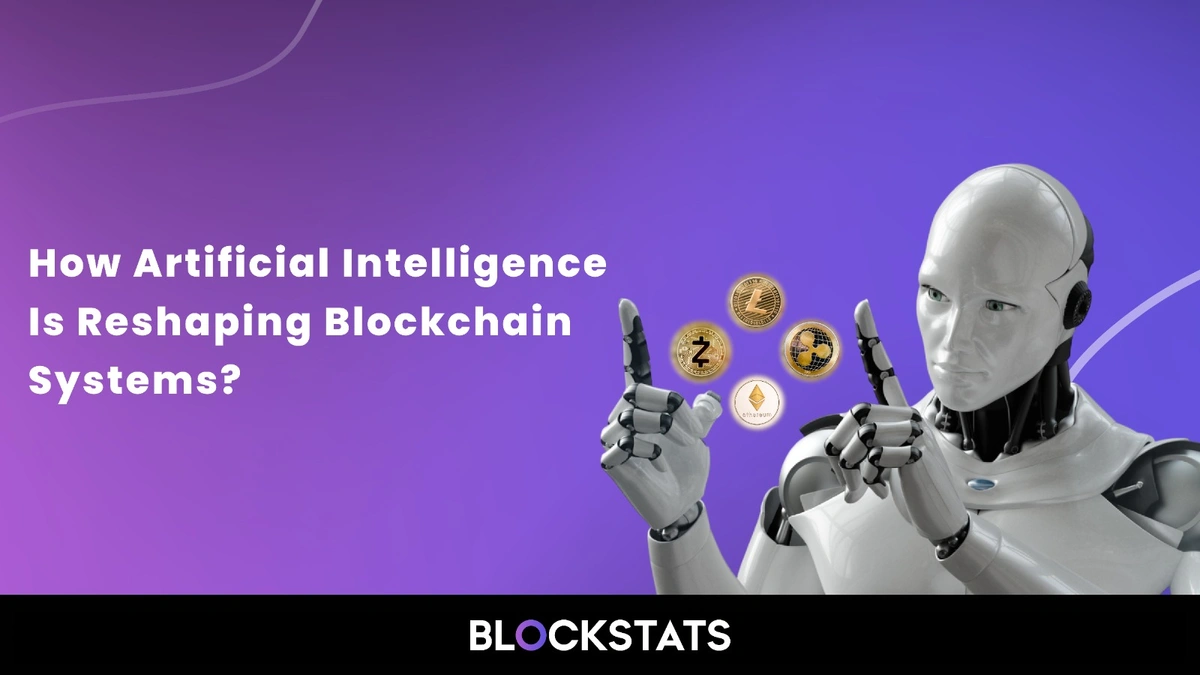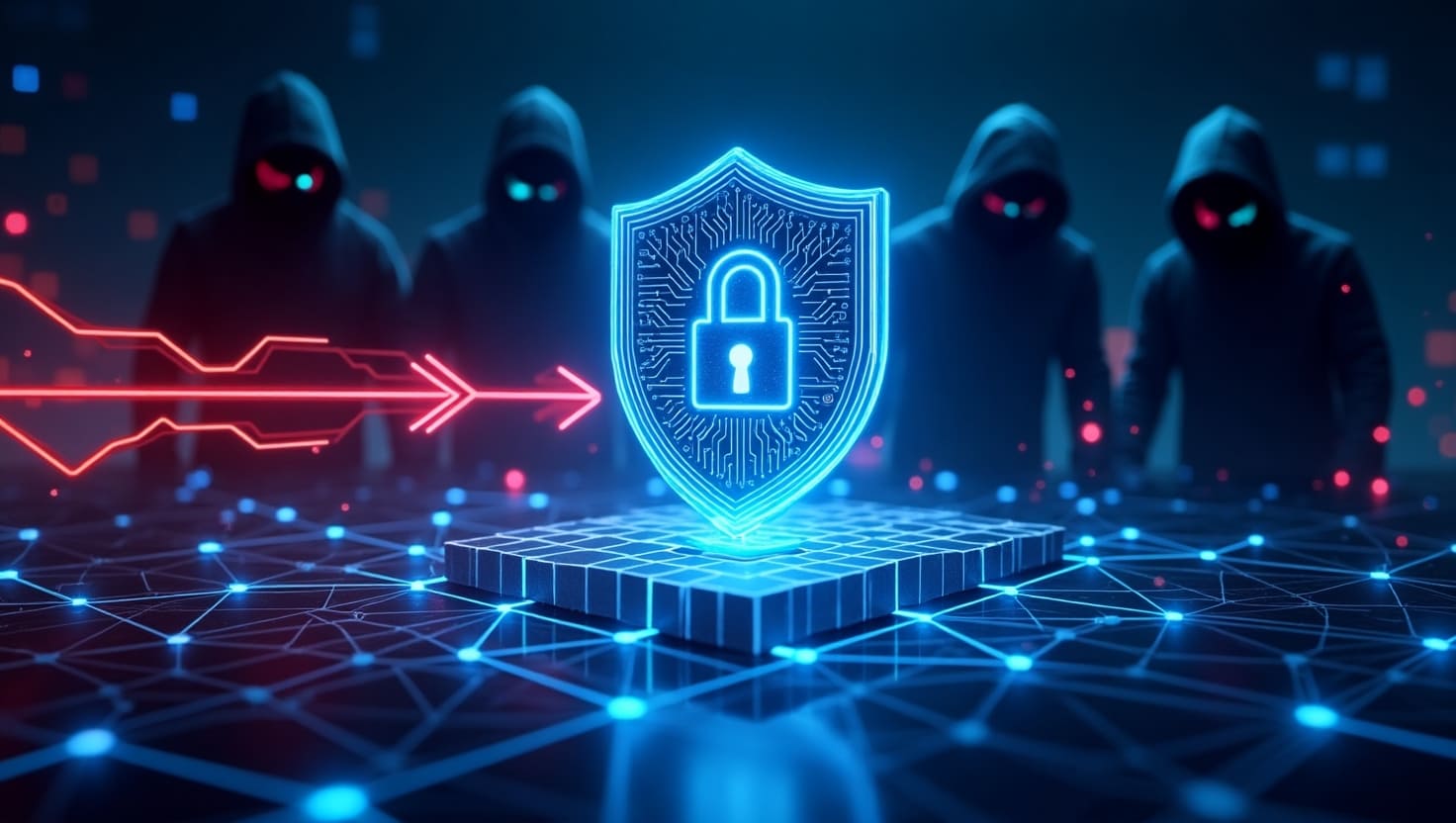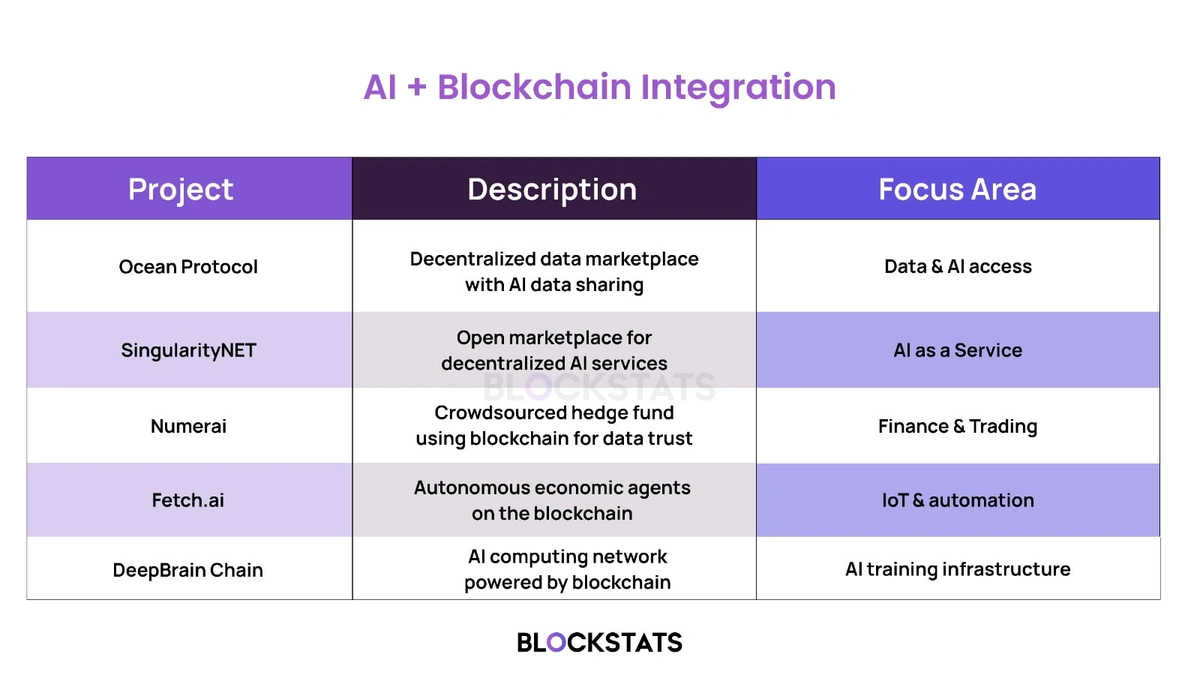How AI is Shaping the Future of Blockchain Technology?
The intersection of artificial intelligence (AI) and blockchain is not just a futuristic idea—it is happening right now. As two of the most disruptive technologies of the 21st century, their integration is opening up powerful capabilities that were previously impossible using either alone.
AI brings intelligence and adaptability, while blockchain offers transparency, immutability, and decentralization. When combined, they are redefining industries, boosting trust in automation, and laying the foundation for Web 4.0.
At Blockstats, we will understand how AI is shaping the future of blockchain technology in depth.
1. Smarter and Adaptive Smart Contracts
Traditional smart contracts are coded to execute based on predefined conditions. However, they cannot handle confusing, changing, or data-driven scenarios well. That is where AI steps in.
Incorporating AI into smart contracts enables them to:
-
Analyze real-time data feeds (from oracles, IoT, etc.).
-
Adapt to dynamic conditions without needing to redeploy the contract.
-
Identify and address potentially fraudulent activities within transactions.
Example: In decentralized finance (DeFi), an AI-enhanced smart contract could assess a user’s credit risk using on-chain and off-chain data before approving a loan—reducing defaults and increasing security.
2. AI-Powered Security for Blockchain Networks
Blockchain is naturally secure, but it is not immune to threats like trick emails, rug pulls, or malicious smart contracts. Machine learning models can continuously learn from past incidents and improve over time, making blockchain ecosystems more robust. AI enhances security by:
-
Monitoring patterns in user behavior to flag suspicious activity.
-
Predicting and preventing attacks such as 51% attacks or Sybil attacks.
-
Identifying bugs or exploits in smart contracts before deployment.
3. Optimizing Blockchain Efficiency and Scalability
Blockchain networks have consistently faced difficulties with scalability. AI can help solve this by:
-
Predicting network congestion and suggesting load-balancing measures.
-
Improving consensus algorithms for faster block generation (especially in PoS or hybrid chains).
-
Optimizing gas fee models according to real-time network demand.
Example: Ethereum Layer 2 scaling solutions can integrate AI to predict transaction spikes and automate adjustments in rollup configurations, reducing costs and delays.
4. Enhanced Data Analysis and Decision-Making
One of blockchain’s strengths is its ability to store large volumes of verifiable data. But without analysis, data is just noise.
AI can:
-
Extract actionable insights from complex on-chain data.
-
Identify trends or user patterns across decentralized platforms.
-
Improve decision-making in sectors like healthcare, supply chain, and finance.
Example: In supply chain management, blockchain ensures data authenticity, while AI predicts demand, shipping delays, or quality issues—enabling faster, smarter logistics decisions.
5. Decentralized AI and Autonomous Agents
Projects like SingularityNET and Fetch.ai are creating platforms where AI services are decentralized, open-source, and accessible to anyone. Blockchain enables this by:
-
Maintaining an open & clear record of AI model training and utilization.
-
Allowing token-based access to AI models via smart contracts.
-
Ensuring data privacy through encrypted, zero-knowledge protocols.
In the near future, we could see autonomous agents (bots) on blockchain networks that:
-
Negotiate contracts
-
Perform data analysis
-
Trade assets …all without human intervention.
6. Transparency and Ethics in AI Decision-Making
One of the major concerns in AI is the lack of transparency. AI models are often considered “black boxes” because it is hard to understand how they arrive at decisions. Blockchain helps by:
-
Recording every AI action and decision on a tamper-proof ledger.
-
Enabling audits and accountability for decisions made by AI.
-
Minimizing bias through verified tracking of data sources and training sets.
This is especially important in fields like healthcare, law, and finance, where fairness and ethics must be prioritized.
Real-World Examples of AI + Blockchain Integration
The Future Outlook of Blockchain
The integration of AI and blockchain is forming a completely new digital environment defined by:
-
Decentralized intelligence
-
Predictive, self-governing smart systems
-
Automated, real-time decision making
-
Secure, ethical AI models
In the coming years, expect more innovation in:
-
Decentralized autonomous organizations (DAOs) enhanced with AI.
-
AI-powered governance models for blockchain projects.
-
Blockchain-based AI marketplaces that democratize access to intelligence.
Industries that adopt this dual-tech approach will see increased efficiency, transparency, and trust—key pillars for the digital economy of tomorrow.


